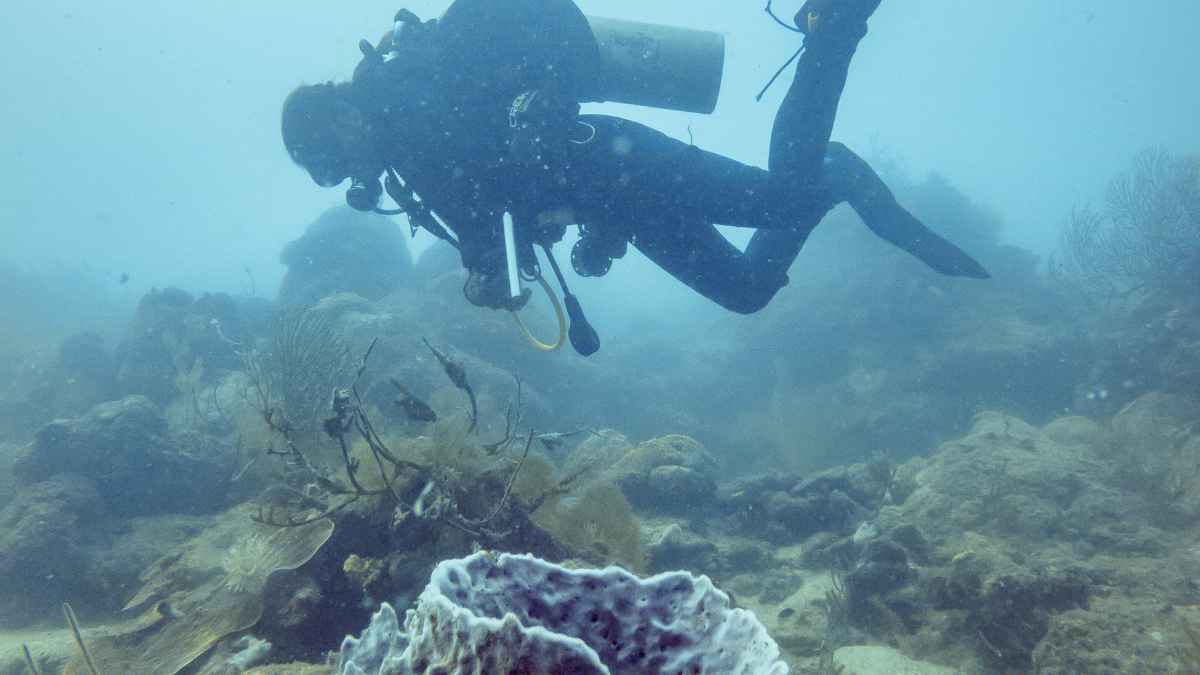Mysterious 20-inch eggs spark global curiosity and scientific investigation
A team of researchers investigating an ancient submerged volcano has stumbled upon an astonishing find: almost one million giant eggs, each measuring about 20 inches in length. These mysterious eggs, unlike anything previously recorded, were discovered in large clusters near a thermal zone. Scientists are eager to uncover the true origin of these oversized curiosities and understand how the underwater volcano’s heat and minerals might be influencing their development.
Unraveling the hidden truths of mysterious marine eggs near active volcanic regions
The startling discovery took place when marine biologists sent underwater robots to explore a long-dormant volcano. Instead of finding a barren seafloor, they spotted countless large eggs concentrated around the edges of the volcanic crater. The heat and mineral-rich waters appear to create a unique ecosystem that supports species no one has encountered before. Specialists suspect these eggs belong to creatures adapted to withstand intense pressure and extreme temperatures.
Can these giant eggs pose any risk to divers? The answer is NO. Researchers confirm there is no imminent threat. However, the eggs’ fragile shells should not be disturbed, as even slight damage could harm the developing embryos inside.
How volcanic conditions might accelerate growth and impact marine ecosystems worldwide
Scientists believe the underwater volcano’s thermal vents emit warmth that may shorten the incubation period for these enormous eggs. This phenomenon can significantly alter survival rates, especially in environments where temperatures usually hover near freezing. Consequently, experts note that identifying how volcanic activity affects marine reproduction could reshape global conservation strategies for protecting fragile ocean habitats.
Below is a brief table summarizing key observations about these eggs:
| Observation | Explanation |
|---|---|
| Approx. 20-inch average length | Far larger than typical deep-sea eggs, hinting at a possible new species |
| Location near thermal vents | Consistent geothermal warmth accelerates embryonic development |
| Unknown parent species | Genetic testing underway to match these eggs with known or newly discovered marine creatures |
| Potential for improved survival rates | Warmer environment might help eggs hatch faster and develop stronger juveniles |
Researchers continue to gather data to determine what type of creature could lay such unusually large eggs in these conditions.
Comparing these unknown giant eggs with other rare deep-sea spawning discoveries
Past expeditions in volcanic regions have also turned up unique reproductive behavior among deep-sea animals. Nonetheless, this new find stands out for the sheer volume of eggs—nearly one million—and their extraordinary dimensions. While some species of fish, reptiles, or even large cephalopods lay eggs in remote environments, the documented size and quantity here are virtually unmatched.
Potential obstacles for research teams amid global efforts to protect marine biodiversity
One challenge is the difficulty of conducting repeated dives near an active volcano. Eruptions or shifts in geothermal activity could endanger the research equipment and crew. Additionally, collecting enough eggs for safe analysis without disrupting this delicate habitat demands careful planning. Authorities stress the importance of balancing scientific curiosity with environmental preservation, ensuring the underwater ecosystem remains intact.
Here is a short list of the main goals scientists have identified:
- Identify the genetic makeup of the eggs to reveal any new species.
- Observe the incubation process to measure developmental rates under volcanic conditions.
- Protect the volcanic site from human interference during ongoing studies.
Why this volcanic egg discovery could transform future marine life investigations
The scientific community views this unexpected find as more than just a curiosity—it offers a glimpse into how organisms adapt in extreme habitats. Researchers propose that investigating these eggs could help decode survival strategies for marine life in the face of environmental changes. By learning how these embryos thrive, scientists may gain insights relevant to broader ecological shifts.

